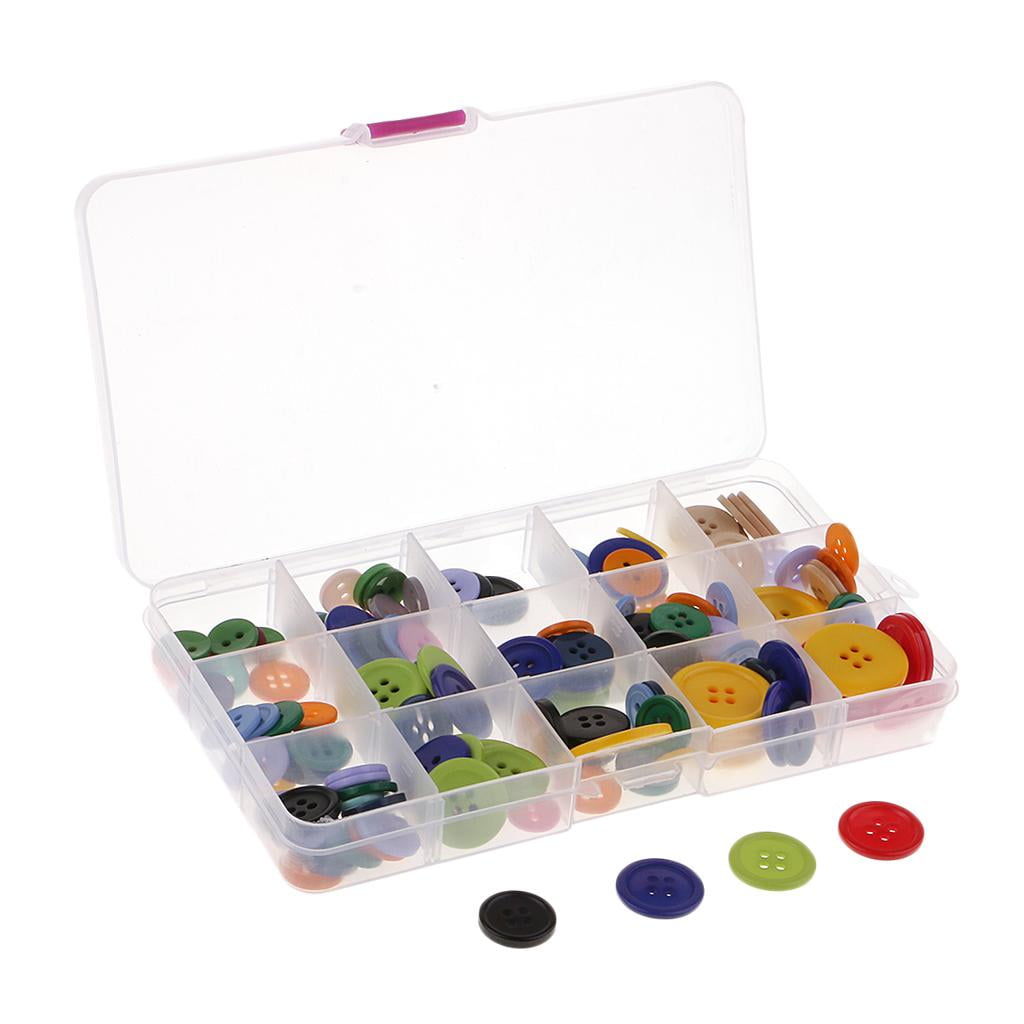

Rapid rivets have two parts, an end with a stem that looks like a tiny mushroom, and an end with just a cap and no stem. In my opinion, these are the best kind of rivets because, as the name implies, they are quick and easy to set. There are a few different kinds, but I'm just going to show you the easiest for now. They come in a variety of finishes so you can choose rivets that intentionally stand out against your leather or rivets that blend in. Rivets let you attach two or more pieces of leather together when they are set through holes in the leather. Rivets are one of my favorite leatherworking tools because they are just so easy to use, and I love the way they look. Punches like this can be useful and fun for creating cut-out filigree patterns. You can find punches in different shapes, like ovals for attaching buckles, or even decorative shapes like stars. This will eventually distort the top end of the tool making it harder to use. It is also not a good idea to hit a metal tool with a metal hammer or mallet. This will dull your punches very quickly. Never punch directly on top of a hard surface like your metal anvil or quartz. One strike with the mallet should be plenty to punch through, though with thicker leather you sometimes need to strike again. Hold your punch straight up and down on top of your leather where you want to punch a hole, then hit it with a mallet.
#Whatsize hole for button snaps manual#
To punch a hole with a manual punch, place your leather over your poundo board or other soft punching surface. The set I have has a single shaft that comes with interchangeable heads of different sizes. They allow you to punch in hard to reach places far from leather edges, and they can punch through very tough leather. Manual Punches are a more versatile, if slightly less convenient way to punch holes. If your punch isn't making a clean cut all the way through your leather, swiveling the leather around while clamping down on the punch will sometimes help it cut through. Like most tools, rotary punches only work well if they are sharp, so keep yours sharp or buy replacement blades when they get dull. Also they are not great for punching through very thick leather because you can only apply so much force by squeezing the tool with your hand. Rotary punches are great for punching holes in straps and other easily accessible areas, but they can only punch a hole about 1 1/2"-2" from the edge of a piece of leather (or a little more if the leather is flexible enough to gather). To punch a hole, you just squeeze down on the handles until you press the punch through the leather. It has a rotating head with different punching blades to create holes of various sizes. The Rotary Punch is the easiest to use and most convenient tool for punching holes. There are a few different tools for hole punching that are better for different applications. Punching holes in strategic places can also be helpful when you need to cut out slots or other complex internal shapes. Always purchase a few more snaps than you think you will need.In order to attach rivets, snaps and other hardware to leather, first you need to punch holes.

Different fabrics may require more or less pressure depending on their thickness and the density of the weave. Instead, try delivering less pressure with the hammer or pliers.Īlways test your snaps on test fabric before applying snaps to your finished product.
#Whatsize hole for button snaps cracked#
Some signs that you are applying too much pressure include cracked or dented snap cap, and torn fabric. Try using additional force when setting your next snap. If your snap is loose and appears to be pulling away from your project, not enough pressure was applied while setting. The correct pressure is of the utmost importance. This is the case if the prongs of the snap are sticking out instead of nesting with their corresponding piece. Otherwise, this may result in crooked setting. Make sure that the snap components are properly centered in the snap-setting device.


 0 kommentar(er)
0 kommentar(er)
